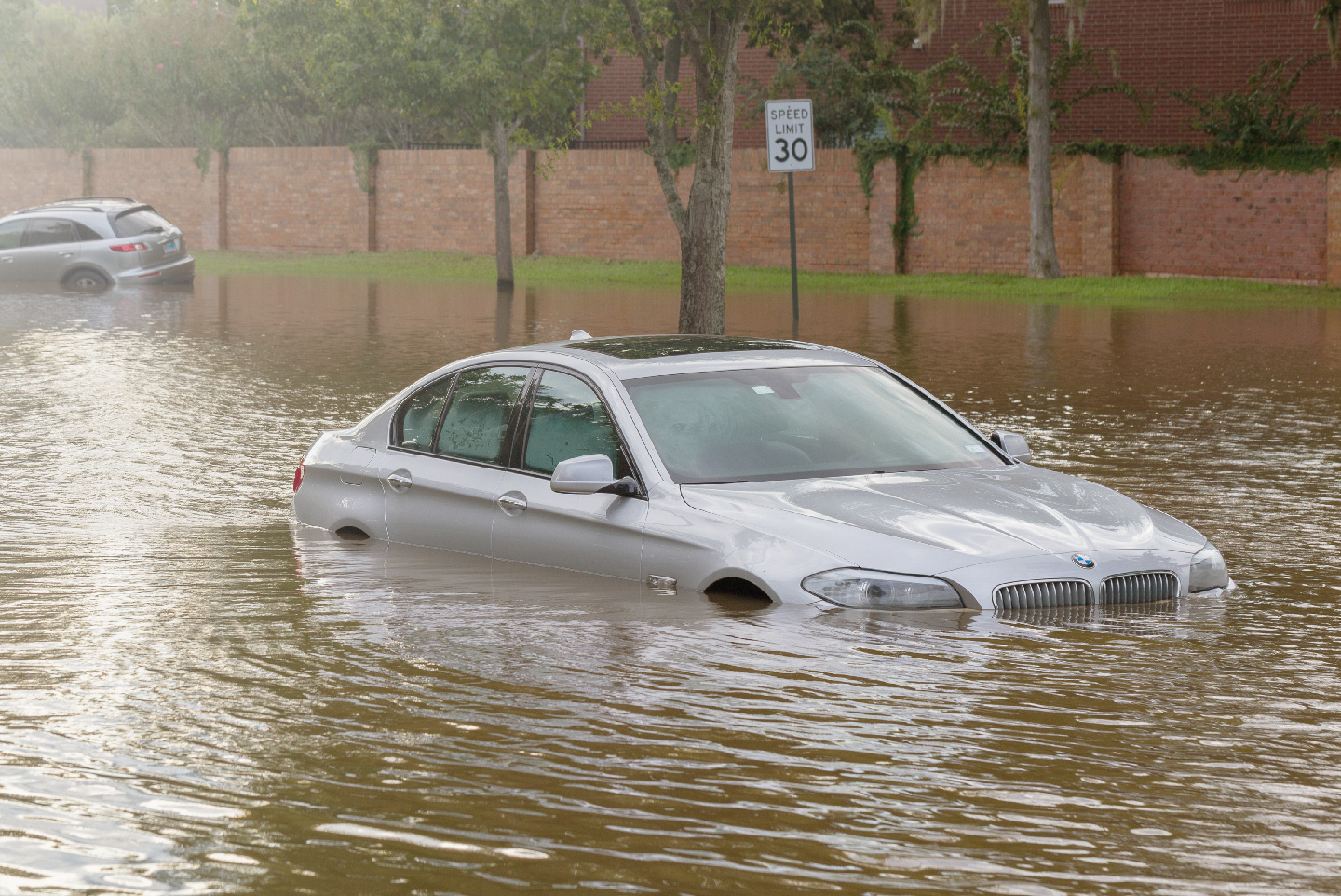CARFAX reports that 271,404 once-flooded cars are now back on American roads—and that’s only counting the ones on file with insurers and state regulators. Most dealers will disclose previous water damage, but there are operators who omit mentioning such history, sending cars out for sale across the country.
How can you check what you can’t see? Here are five ways to tell if a car might have been waterlogged:
Follow your nose.
That new-car smell is a badge of honor—on new cars. But in a used vehicle, a heavy scent of air or fabric freshener, freshly shampooed carpets and brand-new seat covers may be cause for suspicion, not celebration. (An unmasked musty smell could also be a sign of water damage.) Other red flags:
- Loose, stained or non-matching upholstery or carpets
- Damp carpeting (check the padding if you can)
- Rust around doors, under the dash, on the pedals or inside the hood and trunk latches
- Mud or silt in the glove box or under the seats
- Brittle wires under the dash (try to bend them)
- Fog or water droplets inside any lights or instrument panel
- Moisture or sitting water in or around the spare tire
- A new stereo (the original may have been replaced because of water damage)
Ask for proper paperwork…
Obtain the car’s vehicle identification number (VIN), then get a vehicle title history report from CARFAX or the National Motor Vehicle Title Information System ($3.50 at CheckThatVIN.com), or a free flood check from CARFAX, plus a free VIN check from the National Insurance Crime Bureau.
… Then read it all carefully.
Check the title, ownership and repair documents for consistency. Titles with “Flood” or “Salvage” stamps are self-explanatory—but unscrupulous dealers might scrub them.
Take the car for a spin.
Make sure it runs and rides well, but also inspect it while it’s still in the driveway:
- Turn on the ignition and make sure all instrument panel lights work as well—and as brightly—as they should.
- Test everything with a switch—interior and exterior lights (including high beams and any fog lights), air-conditioning, heater, defroster, turn signals, windshield wipers and radio.
- Check under the hood (turn off the engine first!) to make sure leaves, mud or silt don’t show up in weird places like spark plug cavities.
- Pull out the oil dipstick; if the oil looks murky—think melted chocolate ice cream—you could be facing a serious issue.
- Inspect the paper air filter for signs of water stains.
Go to a pro.
It’s always smart to bring a used car you’re considering to a mechanic you trust. But besides inspecting the mechanical, electrical and other systems, make sure they also check for hidden signs of water damage.



